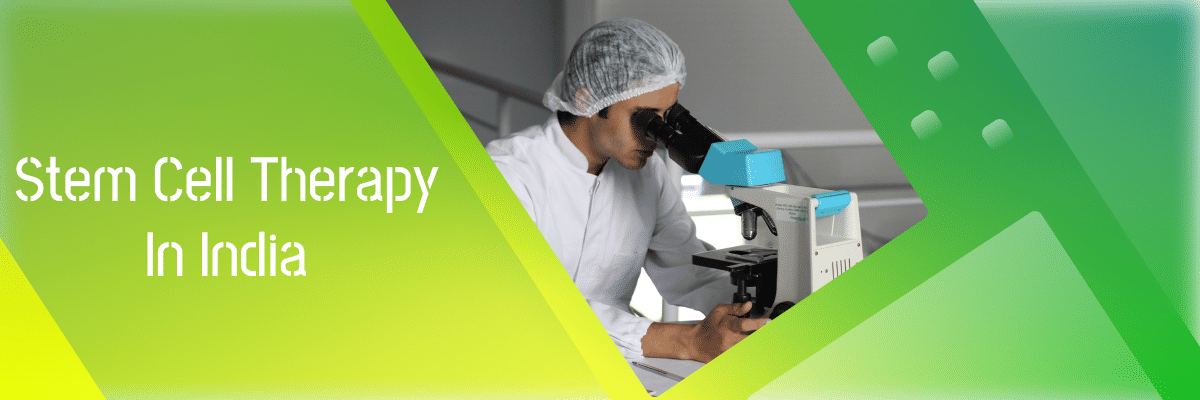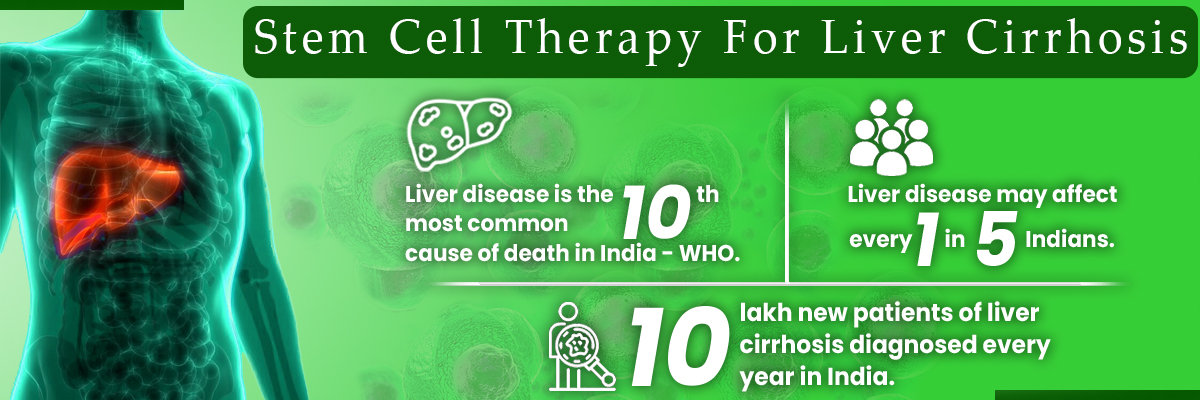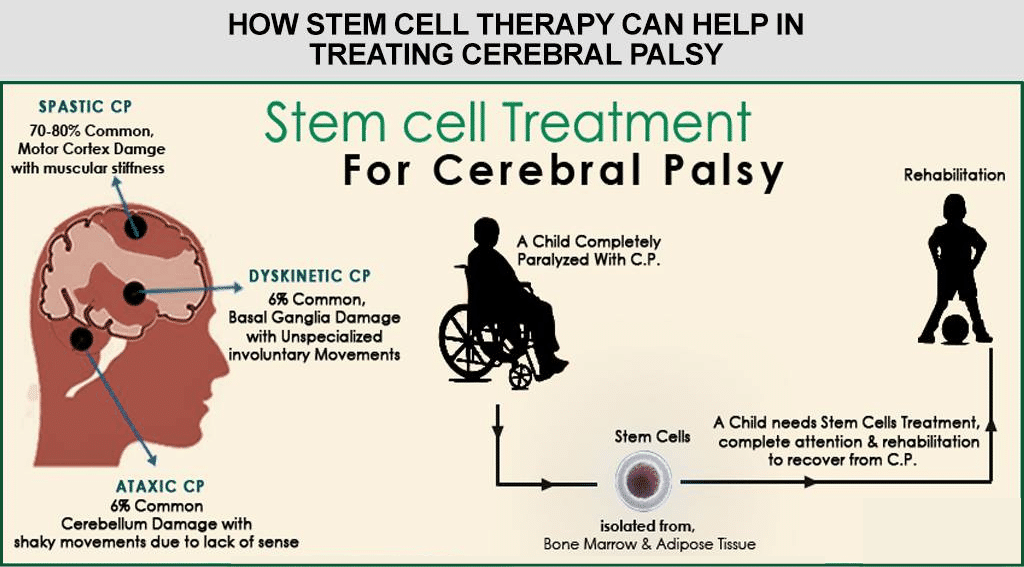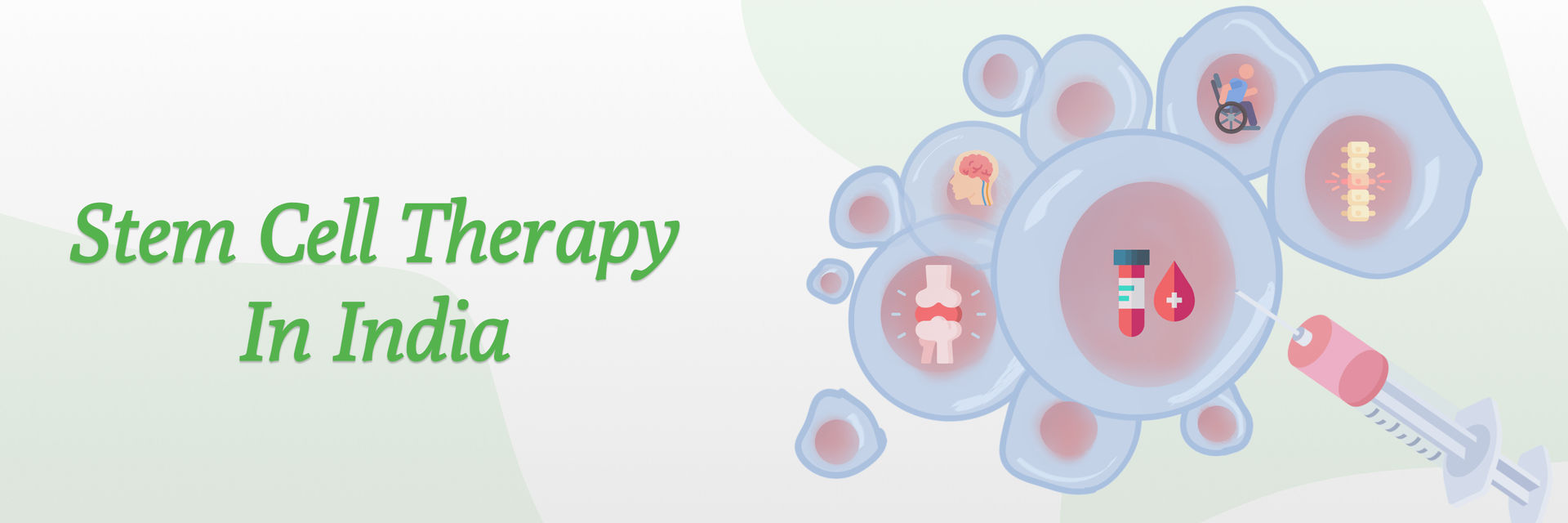Overview
In the fight against cancer, stem cell transplants have emerged as a powerful tool for restoring health and offering a chance at a cure. Often used in conjunction with chemotherapy, stem cell transplants provide a unique approach to rebuilding the body's blood cell production system, which can be severely damaged by high-dose chemotherapy.
This blog post delves into the world of stem cell transplants after chemotherapy, explaining the process, its applications, recent advancements, and crucial patient considerations.
Dr. Pradeep Mahajan, a leading specialist in stem cell therapy at StemRx Bioscience Solutions, emphasizes the importance of stem cell transplantation in cancer care. He explains, "Stem cell therapy after chemotherapy aims to replenish the body's blood-forming cells, helping patients recover and potentially achieve remission."
This innovative approach continues to advance, providing new avenues for patients to improve outcomes and quality of life post-chemotherapy.
Stem Cell Transplant Explained
Stem cell transplant, also known as hematopoietic stem cell transplantation (HSCT), is a procedure that involves replacing damaged or diseased blood-forming cells with healthy stem cells. These stem cells can be obtained from the patient themselves (autologous transplant) or from a donor (allogeneic transplant).
Definition and Types of Stem Cell Transplants
- Autologous Transplant: In this type, stem cells are harvested from the patient's body before undergoing chemotherapy. These cells are stored and later infused into the patient to rebuild the immune system and restore blood cell production.
- Allogeneic Transplant: Here, stem cells are sourced from a compatible donor, typically a family member or unrelated donor whose tissue type matches the patient's. This procedure requires careful matching to minimize the risk of rejection by the recipient's immune system.
The Impact of Chemotherapy: A Necessary but Destructive Force
Chemotherapy drugs are potent weapons against cancer cells. It is integral to approximately 60% of cancer treatment plans globally. However, they often come with a harsh side effect: damage to healthy cells, including those in the bone marrow. This damage can significantly reduce the body's ability to produce new blood cells, leading to complications like anemia (low red blood cells), neutropenia (low white blood cells), and thrombocytopenia (low platelets).
Dr. Donald, a breast cancer surgeon in Mumbai, shared, "Chemotherapy is a critical component in the treatment of many cancers, but it comes with a range of adverse effects due to its aggressive approach to targeting rapidly dividing cells. "
How Stem Cell Transplant Works Post-Chemotherapy
A stem cell transplant, also known as a bone marrow transplant, offers a solution to this problem. The procedure involves collecting healthy stem cells and reintroducing them into the body after high-dose chemotherapy. These new stem cells can then travel to the bone marrow and rebuild a healthy blood cell production system. Over 80,000 stem cell transplants are performed annually, offering hope for recovery post-chemotherapy. Stem cell transplant serves to:
- Restore Blood-Forming Cells: The infused stem cells migrate to the bone marrow and produce new blood cells, including red blood cells, white blood cells, and platelets.
- Rebuild the Immune System: Stem cell transplants help rebuild the immune system by generating healthy blood cells, which is crucial for fighting infections and maintaining overall health post-treatment.
Stem cell transplant plays a critical role in providing patients with a chance to recover their blood cell production and immune function following intensive chemotherapy treatments.
Explore how stem cell transplant offers a renewed lease on life for patients recovering from chemotherapy.
Indications for Stem Cell Transplant After Chemotherapy
Stem cell transplant becomes a consideration for certain cancers and conditions post-chemotherapy, primarily for:
- Types of Cancers: Blood cancers such as leukaemia, lymphoma, and multiple myeloma often necessitate stem cell transplants to replace damaged blood cells.
- Conditions: Severe autoimmune diseases like systemic sclerosis or certain genetic disorders may benefit from stem cell transplants to reset the immune system.
Benefits of Stem Cell Transplantation
Advantages of Undergoing Stem Cell Transplant Post-Chemotherapy
- Long-term Remission: Stem cell transplant can lead to prolonged remission or even cure in some cases, especially for aggressive cancers.
- Improved Survival Rates: Studies indicate higher survival rates among patients undergoing stem cell transplants than those receiving conventional treatments alone.
Risks and Considerations
Stem cell transplant after chemotherapy involves certain risks and considerations:
- Graft-versus-Host Disease (GVHD): In allogeneic transplants, the donor cells may attack the recipient's tissues, leading to GVHD.
- Infection: Patients are at increased risk of infections due to weakened immune systems post-transplant.
- Organ Damage: High-dose chemotherapy before transplant can damage organs like the liver, lungs, or kidneys.
- Infertility: Both treatments can cause fertility issues in both men and women.
Precautions and Monitoring
- Precautions: Patients undergo stringent infection control measures and may require isolation during recovery.
- Monitoring: Regular blood tests and imaging monitor for complications like infections or organ dysfunction.
Recovery and Follow-Up Care
Recovery Phase
- Early Phase: Patients experience fatigue, nausea, and possible infections as their bodies adjust to new stem cells.
- Long-Term: Gradual immune function and blood cell production recovery over several months.
Importance of Follow-Up Care
- Monitoring: Regular check-ups to detect complications early, such as infections or relapse.
- Supportive Care: Nutritional support and psychological counselling to aid recovery.
Conclusion
Stem cell transplant plays a crucial role in post-chemotherapy care, offering many patients a chance for remission and improved quality of life. Understanding the risks, recovery process, and ongoing monitoring is essential for successful outcomes.
Considering stem cell transplant after chemotherapy? Talk to us today. Consult with healthcare providers to explore if this treatment option aligns with your medical needs and goals.






